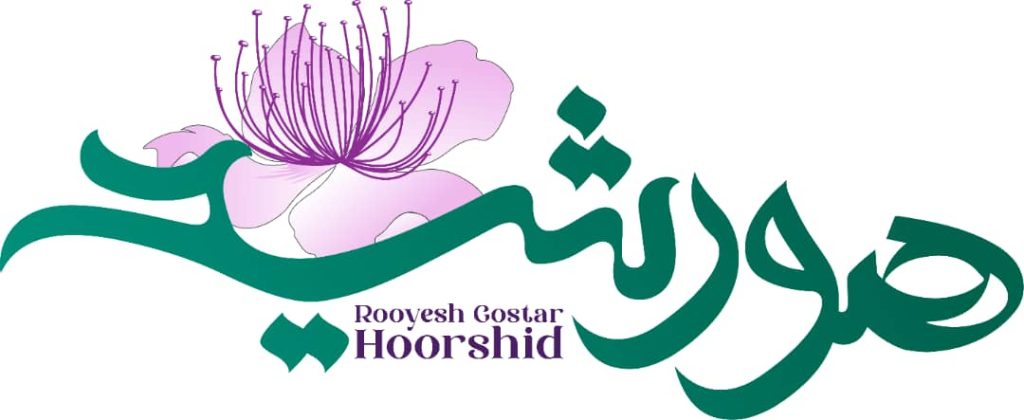The Necessity of Expanding the Cultivation of Medicinal Plant Capparis (Caper) in Iran: A Solution for Desertification, Poverty Alleviation, and Sustainable Income Generation
Introduction
Iran is recognized as one of the richest regions in the world in terms of plant diversity, particularly medicinal plants. Of the approximately 8,000 plant species identified in the country, more than 2,400 species possess medicinal, aromatic, spice, cosmetic, and health properties. This plant diversity provides unique opportunities for the principled and sustainable exploitation of these valuable resources.
Among these, the medicinal plant caper (Capparis spinosa L.) holds special significance as a perennial shrubby plant from the Capparidaceae family. This native Iranian plant, with its unique characteristics, can play an important role in desertification control, soil erosion prevention, job creation, and improving rural livelihoods.
Caper: A Resilient Plant Adapted to Harsh Conditions
Capparis is a perennial, deciduous, thorny plant with deep roots and irregular trailing stems, well adapted to hot, dry, and harsh environments. It is capable of thriving in poor soils with limited water and nutrients, and can withstand scorching summers with temperatures exceeding 50°C and cold winters with temperatures down to -15°C. Caper is found in most regions of Iran, except for the provinces along the Caspian Sea, and generally in soils with alkaline pH.
The Importance of Caper Cultivation Development
The development of caper cultivation is significant for several reasons:
- Desertification Control: Caper can effectively combat desertification and prevent desert expansion by enhancing vegetation cover. With a long lifespan (over 50 years) and high drought resistance, it is an ideal candidate for planting in the dry and semi-arid regions of the country.
- Soil Erosion and Dust Control: The deep and extensive root system of caper stabilizes the soil and prevents water and wind erosion. Additionally, this plant can reduce wind speed and inhibit dust production and distribution by creating appropriate altitudes.
- Job Creation and Income Generation: As a valuable medicinal plant, caper can provide a sustainable source of income for residents of underprivileged rural areas. Its flower buds, fresh leaves, roots, and fruit are used for both culinary and medicinal purposes, and can be processed for market sale.
Medicinal and Nutritional Properties of Caper
Caper possesses numerous medicinal and nutritional properties and is a rich source of minerals such as potassium, calcium, magnesium, sulfur, and selenium. The selenium content in caper is effective in boosting the body’s immune system and increasing thyroid hormone production. The seeds and unripe fruits of this plant, known as “vegetable caviar,” contain high levels of protein, oil, and fiber.
Biological studies have demonstrated the antibacterial, antioxidant, anti-inflammatory, immune-modulating, and antiviral properties of this plant. Phytochemical studies on Capparis spinosa reveal that it contains alkaloids, lipids, flavonoids, and glucosinolates.
Conclusion
The development of caper cultivation in Iran is an effective strategy to address environmental and economic challenges. With its unique features, this plant can play a significant role in desertification control, soil erosion prevention, job creation, and improving rural livelihoods.
Given the importance of this topic, it is essential to implement comprehensive plans for developing caper cultivation in suitable areas of the country. These plans should include training for farmers, providing high-quality seedlings, offering financial support, and suitable marketing for caper products.

 فارسی
فارسی  العربية
العربية 






